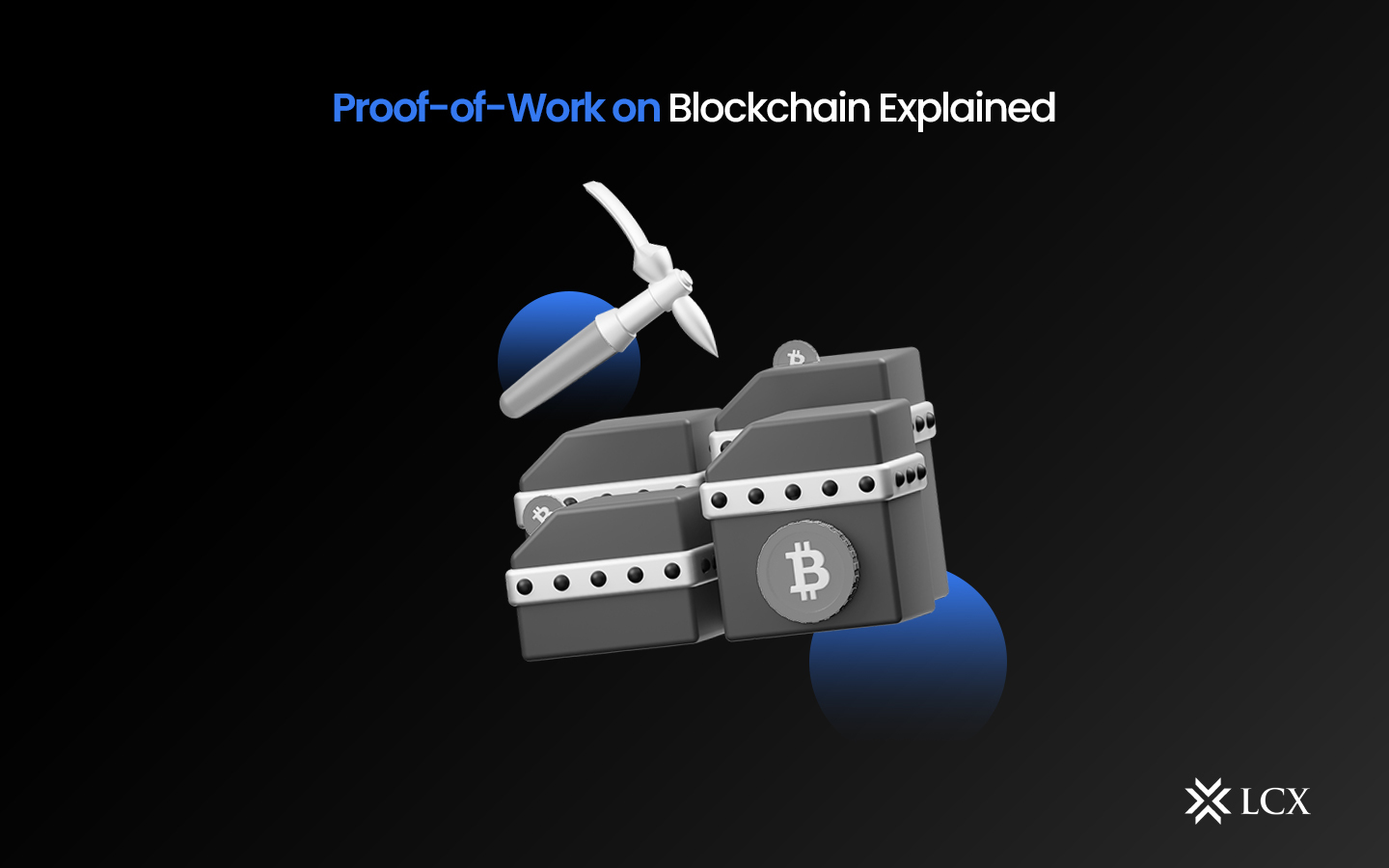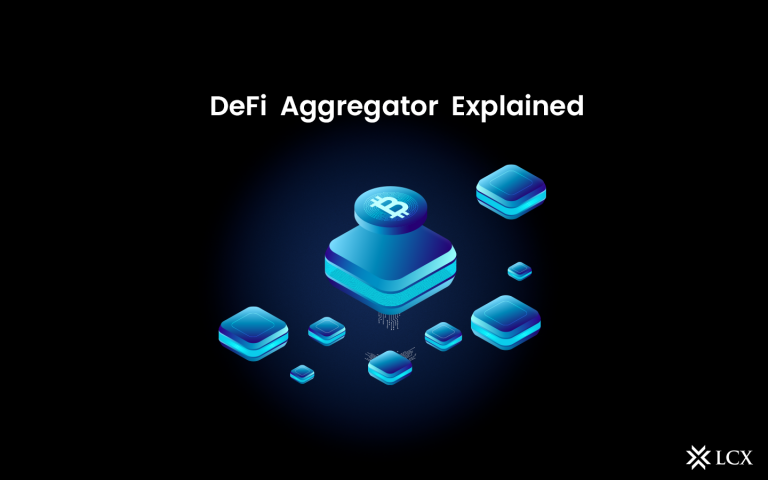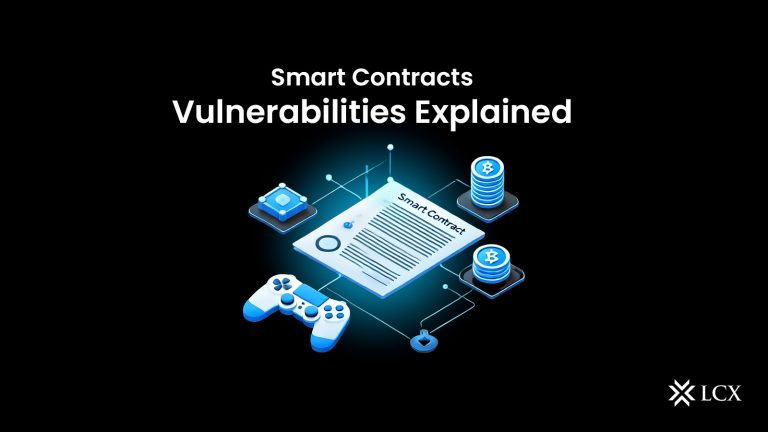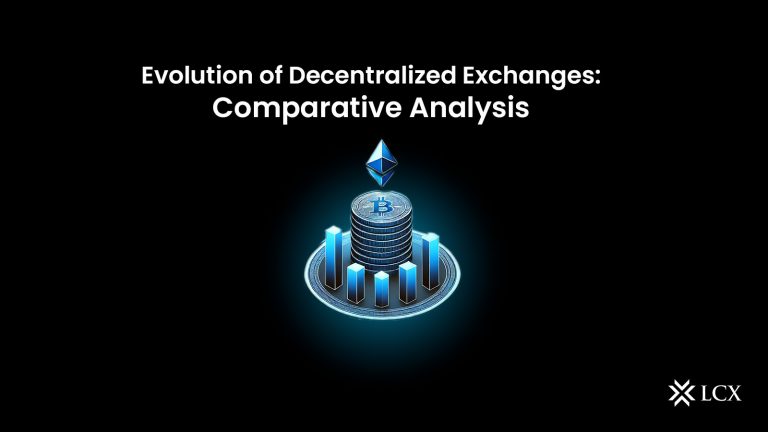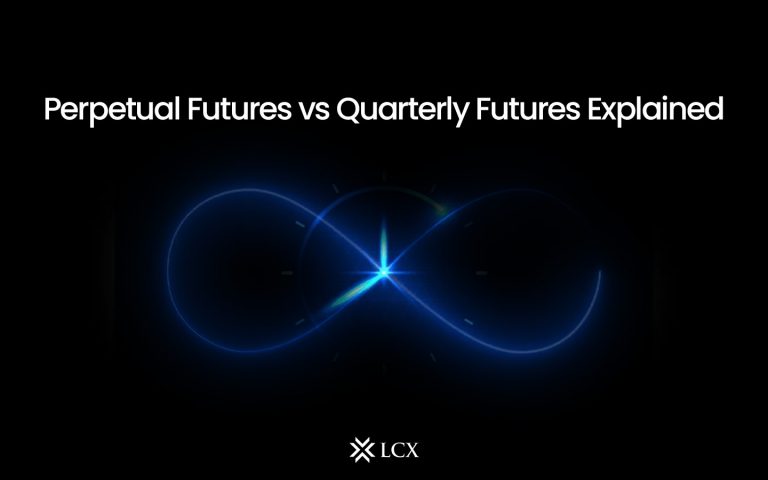In the realm of blockchain technology, where trust and security are paramount, the Proof-of-Work (PoW) consensus mechanism stands as a pillar of strength. Originating with the advent of Bitcoin, PoW has emerged as a widely adopted and robust algorithm for securing transactions and maintaining the integrity of decentralized networks. This article delves into the intricacies of PoW and its significance in the ever-evolving blockchain landscape, shedding light on its benefits, challenges, and potential applications.
What Is Proof-of-Work?
Proof-of-Work (PoW) is a consensus mechanism in the blockchain that enables miners to add a new block to the network based on calculations performed to discover the perfect hash. Proof of work is the original crypto consensus mechanism, first used by Bitcoin. Participants in the network validate the transactions added by the new block. For a decentralized network such as the blockchain, it is essential to maintain all network participants in sync. A consensus mechanism is used by blockchain to establish governance among all network participants.
Since there are no centralized gatekeepers in cryptocurrencies to verify the accuracy of new transactions and data uploaded to the blockchain, they rely on a decentralized network of participants to validate incoming transactions and add them to the chain as new blocks. Thus, proof-of-work is a consensus mechanism used to determine which of these network participants, known as miners, are permitted to perform the lucrative task of validating new data. Miners are rewarded with new cryptocurrency when they precisely validate new data and do not cheat the system.
Mining and proof-of-work are closely related concepts. The term “proof of work” was coined because the network requires an enormous amount of processing capacity. Proof-of-work blockchains are secured and verified by virtual miners competing to solve a mathematical puzzle first. The network awards the winner a predetermined quantity of cryptocurrency for updating the blockchain with the most recent transactions that have been verified.
Proof of work is a tried and tested method for maintaining a decentralized blockchain’s security. As the value of a cryptocurrency increases, more miners are incentivized to join the network, thereby enhancing its strength and security. Nonetheless, it is an energy-intensive procedure that can be difficult to scale to accommodate the vast number of transactions that smart-contract-compatible blockchains like Ethereum are capable of generating. Therefore, alternatives have been developed, with proof of stake being the most prevalent.
The Significance of Proof-of-Work
Proof-of-work serves multiple essential purposes within the blockchain ecosystem. Firstly, it ensures the distributed consensus required for validating transactions and maintaining a single version of the truth across the network. Secondly, it acts as a deterrent against malicious actors attempting to manipulate the system by requiring significant computational resources and energy expenditure. Lastly, PoW serves as an incentive mechanism, rewarding miners with newly minted cryptocurrency tokens for their computational efforts.
How Does Proof-of-Work Function?
Transaction Validation:
When a user initiates a transaction on the blockchain, it gets broadcast to all nodes within the network. Miners collect these transactions and group them into blocks. Before adding a block to the chain, miners need to validate the transactions within it.
Hashing:
Miners utilize cryptographic hash functions, such as SHA-256 (used in Bitcoin), to create a unique digital fingerprint of the block’s data, including the transactions and a reference to the previous block. The output of this hashing process is called a “hash.”
Mining Difficulty:
To control the rate at which new blocks are added to the blockchain and maintain consistency, the network adjusts the mining difficulty periodically. The difficulty is determined by the target value set for the hash. Miners must find a hash value that meets this target, which is typically achieved by manipulating a value called the “nonce.”
Finding the Nonce:
Miners iteratively change the nonce value in the block’s header until they find a hash that meets the difficulty target. Since the hash function is deterministic, miners need to perform numerous computations (hash attempts) by varying the nonce until they discover a valid hash.
Proof-of-Work:
The miner who successfully finds a valid hash, which meets the required difficulty level, broadcasts it to the network. Other participants can easily verify the validity of the hash by applying the same hash function and comparing the result to the target.
Block Addition and Rewards:
Once a valid hash is found, the miner adds the block to the blockchain, including the hash of the previous block, and propagates it throughout the network. As a reward for their efforts, the successful miner receives a predetermined amount of cryptocurrency tokens, often along with transaction fees associated with the transactions in the block.
Challenges With Proof-of-Work
The Proof-of-Work consensus mechanism has the following problems:
The 51% risk: If a controlling entity possesses 51% or more of network nodes, it can corrupt the blockchain by gaining control of the majority of the network.
Time-consuming: To discover the correct solution to the puzzle that must be solved to mine the block, miners must examine numerous nonce values, which is a time-consuming process.
Resource consumption: In order to solve the difficult mathematical puzzle, miners use a substantial amount of computing capacity. It wastes valuable resources (money, energy, space, equipment). By the end of 2028, it is anticipated that 0.3% of the world’s electricity will be used to verify transactions.
Not instantaneous transaction: Confirmation of a transaction typically takes 10 to 60 minutes. Because it requires time to mine the transaction and add it to the blockchain, thus committing the transaction, the transaction is not instantaneous.
Conclusion
Proof-of-work is a robust consensus algorithm that has revolutionized the world of cryptocurrencies by providing a secure and decentralized system. By employing computational work, PoW ensures the integrity of transactions and prevents malicious activities within the blockchain network. While it has been successful in many cryptocurrencies, the increasing energy consumption associated with PoW has raised concerns about its long-term sustainability. However, ongoing research and the development of alternative consensus algorithms continue to explore more energy-efficient and environmentally friendly options for securing blockchain networks.
